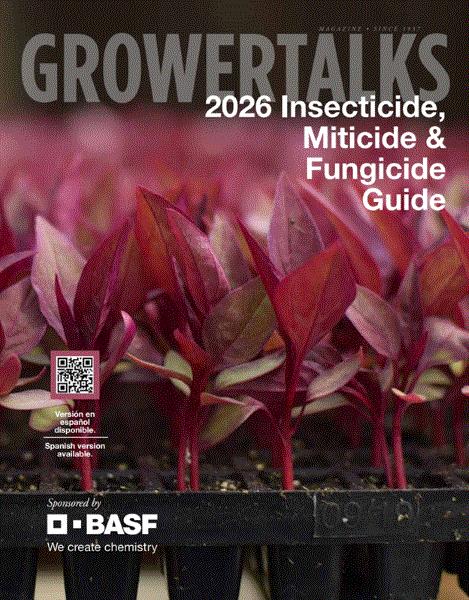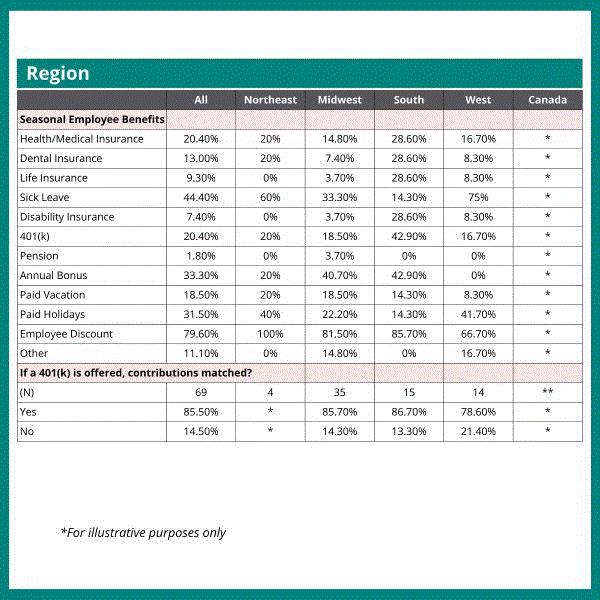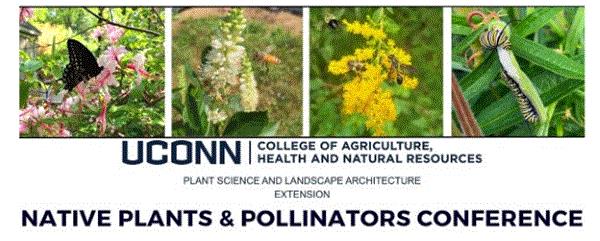Last Chance for Mum Pests
I was told by … well, now that I think about it, I don’t remember who that was! Anywho … y’all must repeat the same piece of information if you want your audience to truly remember something. I was reminded of my plan to once again put out a summary of what to do about pests on mums when I saw mums in stores.
Go HERE for an early issue of this newsletter on late-season pest and disease management on field-grown mums. Go HERE for a similar summary on greenhouse mums. You’ll find my recommendations for various pests and diseases in these summaries.
The management goal at this time is to knock down insects that are present by spraying effective insecticides. I’ve gotten quick knockdown of thrips populations with Pylon (chlorfenapyr; greenhouse only), Hachi-Hachi SC (tolfenpyrad), Conserve (spinosad) and TriStar (acetamiprid). Pylon is also good at knocking down spider mites.
Conserve, Hachi-Hachi and Pylon work well for caterpillars. For aphids, I use Endeavor (pymetrozine), Ventigra (afidopyropen) and Aria (flonicamid)—these products knock aphids off the plants within a day or so. Oil and soap also kill aphids fast. Fungus gnat and shore fly adults will require sprays of pyrethroids into the media. Let me know if y’all want to know what I think about products that you have in storage, but aren’t mentioned above.
An important reminder: Make sure you up the spray volume or pressure. You know how thick the canopy and blooms have become. That makes spray solution penetration extremely challenging. One way to overcome that challenge is to increase your spray volume or pressure. Another way is to drench systemic insecticides if you still have a couple of weeks to go. I think you can still get decent reductions of aphids with a drench at this time, but don’t count on drenching to work if you’re dealing with thrips.

The 2026 IMF Guide is Out!

Yes, the 2026 GrowerTalks Insecticide, Miticide & Fungicide Guide is out! Go HERE to download a digital English version. (Go HERE to download a Spanish version.) As in previous years, BASF generously sponsors the production of the IMF Guide.
Some of y’all have come to rely on the fungicide chart, the insecticide and miticide chart (compiled by Ray Cloyd of Kansas State University), and the preemergence herbicide chart (compiled by Chris Marble of the University of Florida. Hmm … should this be called the IMFH Guide, with “H” being herbicides?).
I want to draw your attention to some other articles included in the 2026 IMF Guide because these articles include so much useful information on disease, pest and weed management programs.
The 2026 IMF Guide starts with an interview with Casey Marshall of Tom Dodd Nurseries in Semmes, Alabama. Casey shares his experience with innovation, technology, disease management, quality control, and the importance of building and maintaining relationships in the relatively small circle we all play in.
The 2026 IMF Guide also includes a very useful pictorial scouting and identification guide for Thrips parvispinus, developed by Zee Ahmed of Clemson University. You’re forgiven for not knowing Thrips parvispinus ONLY if you've lived under a rock for the past three years. Zee shows a step-by-step process of identifying and confirming Thrips parvispinus infestation. This is a great resource to keep on hand even if you don’t have Thrips parvispinus because you can also use it to identify many other thrips species.
Chris Marble summarizes a study he conducted on using rice hulls and Tower on managing several weed species. I know many of you use rice hulls for weed management, but do you know which is better: rice hulls over weed seeds (like a mulch) or rice hulls under weed seeds (like a barrier)? Do you know what’s the optimal rice hull depth to give you the best results? Read Chris’s article to find out!

Last Call for the Salary & Benefits Survey
I want to give the Salary & Benefits Survey one last push before the deadline of September 26.
Once again, GrowerTalks is calling for your help in completing the Salary & Benefits Survey. This is the 30th iteration of the survey by GrowerTalks and the 17th by Green Profit. As in the past year, we’re partnering with AmericaHort in conducting the survey. Industry Insights helps out with data crunching. Go HERE to participate in the survey.
You don’t have to be an AmericanHort member or a GrowerTalks subscriber to participate. And there's no minimum operation size to participate—anyone can participate! Every bit of data we can get from as many participants will make the conclusions more robust.
Here is something that may make the survey process even easier: If you’ve participated in the survey before, some of your data will automatically populate. That’ll save you some time. And, really, the survey takes only 20 to 30 minutes from your busy schedule. Your data will be confidentially collected and securely stored by Industry Insights’ professional data management team.
The survey will allow the owners and growers of retail and wholesale operations to better understand salary and benefits trends, and see where they are from the industry averages in terms of the salary and benefits that they offer to their employees. You'll receive a full report if you participate in the survey, with nice, detailed charts and graphs like the one below.

How many operations offer 401(k) plans and other benefits? Find out by participating in the Salary & Benefits Survey.
A summary of the survey results will be published in the December issue of GrowerTalks and the January issue of Green Profit. Go HERE for last year's summary in GrowerTalks and HERE for the summary from Green Profit.

UConn Native Plants & Pollinators Conference
I want to close this issue of PestTalks by inviting you to a couple of conferences to be held somewhere in the Northeast in November.
The first conference is the UConn Native Plants & Pollinators Conference, which will be held November 13 from 8:45 a.m. to 3:15 p.m. Eastern. The venue is the Student Union Ballroom on the UConn campus in Storrs, Connecticut.

You'll hear from:
-
Tracy Zarillo of the Connecticut Agricultural Experiment Station on the common bees in Connecticut and their hosts
-
Mia Maltz from the University of Connecticut on how suburban soil ecology impacts native plant and pollinator health
-
Sam Hoadley of the Mt. Cuba Center Botanic Garden on top-performing plants
-
Andrew Brand frome the Costal Maine Botanical Garden on drawing inspiration from beautiful images of plant and pollinator interactions
-
Jessica Lubell-Brand of the University of Connecticut on selecting native shrubs of New England
Pesticide recertification credits will be awarded at the end of the conference. Registration fee is $70 before October 15 and $80 after that.
Go HERE to register and find out more about the conference.

Northeast Greenhouse Conference
The second conference I'm inviting you to is the Northeast Greenhouse Conference, which will be held November 12 and 13 at the DoubleTree Hotel in downtown Manchester, New Hampshire. Register soon if you plan to attend this conference. The early-bird registration rates ($180 for full conference, $125 for one-day registration, $30 for students and $40 for the trade show only) end September 26.

The conference agenda is packed full of talks on pests, diseases, pollinators, growing, growing media, business, business invvonations, labor management, communication, new crops and cultivars, etc. So many talks that they're organizing them into four concurrent blocks. Go HERE to see the agenda.
Go HERE to register, book a hotel room, see the agenda and what else is being offered at the conference.
See y'all later!

JC Chong
Technical Development Manager at SePRO
Adjunct Professor at Clemson University
This e-mail received by 27,847 subscribers like you!
If you're interested in advertising on PestTalks contact Kim Brown ASAP!